The beginning of 2018 is a scary time to be a digital publisher. Facebook recently overhauled its news feed to focus less on content from brands and more on “meaningful interactions” between friends and family. As someone who shut down their FB account years ago, I am not going to personally notice any impact of these changes, but given that I make a living working with digital publishers, it is something that everyone in my world is very concerned about. Reactions have ranged from outrage to gloating variations of “I told you so” and from asking FB to pay publishers a fee to begging users to manually adjust their settings. On the demand side of things, we are seeing an even more dramatic downturn in programmatic rates than is typical for Q1, with yields having fallen 30-50% on average. In some categories, it is even more pronounced. The realization that "pivoting to video” isn’t as simple as investing in a team that churns out content every day and watching the money roll in is starting to set in. The difficulty that publishers have in scaling and monetizing digital video is multifaceted. Attracting millions or tens of millions of users to O&O sites to watch video is damn near impossible. The options for monetization on the platforms where consumption does happen can be extremely limited. The technology and resources required to create a viable OTT business are significant. All of this combines to create an environment of fear and uncertainty, which for some publishers will mark the beginning (or middle) of the end while others will seize the moment and create a new, better, future.
Those companies that will thrive within this context have built cultures where challenging the status quo is a daily practice. Their leadership is unafraid to take one or two steps backward in order to take five (or ten) steps forward in the long run. They understand that becoming overly reliant on any external party, from monetization to audience to infrastructure, is like investing your entire life savings into Bitcoin on the day of your retirement: it works until it doesn’t. I expect diversification to be a key theme of 2018: diversification of traffic referral sources; diversification of programmatic demand sources; diversification of content types such as long form vs snackable; diversification of the types of ad units on O&O platforms. The publishers that are willing to try new things, see what sticks, and quickly kill the rest are the ones that will make it through the fire and emerge battle tested on the other side.
It takes a steady hand to operate in this environment. One must be aware of the trends but at the same time able to block out the noise and focus on the immediate tasks. Teams must operate in lock step as every dollar becomes harder to come by. Sellers must be well educated on every product and how their offering can help drive results for advertisers. Account management teams must understand KPIs and set realistic expectations in line with internal benchmarks. Ad operations teams must execute flawlessly and utilize all available tools and systems to achieve results. Research and measurement teams need to wrap the entire program up in a tight story that shows how what was created, sold and executed actually delivered on what the advertiser originally asked for. This will be the only way to win renewals, even in endemic categories where year-over-year growth from a core set of advertisers became the expectation. The companies willing to place a relentless focus on the experience their users have and on delivering results for advertisers will be crowned as winners in the long run.
